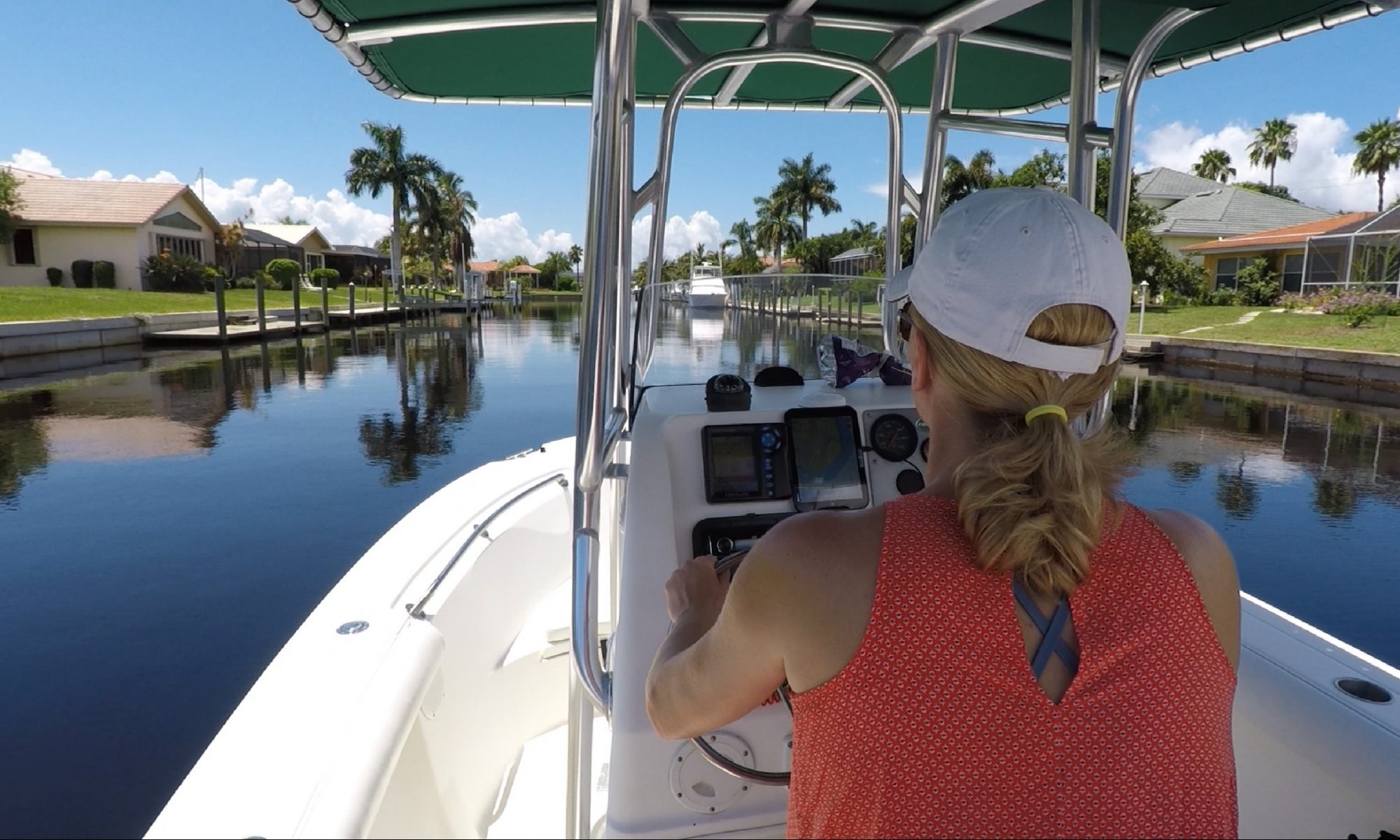The General Development Corporation (GDC) and the Mackle Brothers, J. Lowell and Robert, were significant players in the development of Charlotte County, Florida during the 20th century. This article will examine the history of the GDC and the Mackle Brothers and their impact on the growth and development of Charlotte County.
The General Development Corporation was founded in the mid-1940s as a land development company. The company was created to buy large parcels of land in Florida and then sell smaller lots to individuals looking to build homes. GDC successfully acquired large tracts of land and quickly became one of the largest land developers in Florida.
The Mackle Brothers were two of the five founding partners of the GDC. The brothers had a passion for land development and saw a huge opportunity in the Florida real estate market. The Mackle Brothers were instrumental in the success of the GDC, using their business acumen and marketing skills to drive sales and attract new buyers to the Charlotte County area.
GDC and the Mackle Brothers focused their efforts on developing Port Charlotte, a small town in Charlotte County. Port Charlotte was a natural location for the GDC, as it had abundant land, a mild climate, and was close to several popular tourist destinations in Florida. The GDC and the Mackle Brothers saw the potential for Port Charlotte to become a thriving community and began buying large tracks of land in and around the surrounding area.
GDC and the Mackle Brothers were successful in their efforts to develop Port Charlotte. Over the next several decades, Port Charlotte grew from a small, rural town into a bustling, thriving community. The GDC and the Mackle Brothers were responsible for much of the growth and development of Port Charlotte, building thousands of homes, shopping centers, and community facilities that helped to make Port Charlotte a desirable place to live.
Despite the success of the GDC and the Mackle Brothers, there were challenges along the way. One of the biggest challenges was the rising cost of land in Florida. As land became more expensive, the GDC and the Mackle Brothers had to adapt their business model to remain competitive. The brothers responded by developing new marketing strategies and expanding their business into other areas of Florida, including Cape Coral and Sarasota.
Despite these challenges, GDC and the Mackle Brothers continued to develop Charlotte County successfully. In the 1970s, Port Charlotte became one of the fastest-growing communities in Florida, and the GDC and the Mackle Brothers were instrumental in this growth. The brothers were also active in the community, supporting local schools, charities, and organizations.
The GDC and the Mackle Brothers profoundly impacted the growth and development of Charlotte County. The company and the brothers helped turn Port Charlotte from a small, rural town into a thriving community attractive to new residents and businesses. GDC and the Mackle Brothers also positively impacted the local economy, creating thousands of jobs and helping spur economic growth in the area.
In closing, the General Development Corporation and the Mackle Brothers, J. Lowell and Robert, were major players in the development of Charlotte County, Florida during the 20th century. The company and the brothers were passionate about land development and saw a huge opportunity in the Florida real estate market. The GDC and the Mackle Brothers were instrumental in the growth and development of Port Charlotte, building thousands of homes, shopping centers, and community facilities that helped to make Port Charlotte a desirable place to live. Their impact on Charlotte County will be felt for generations to come.







